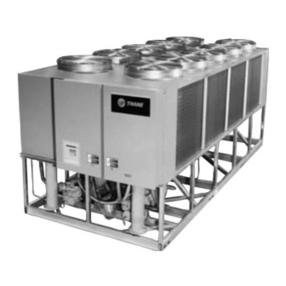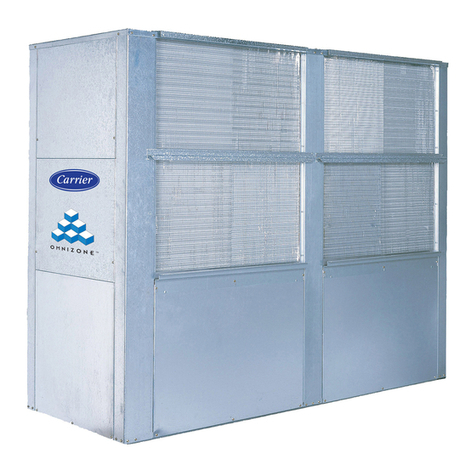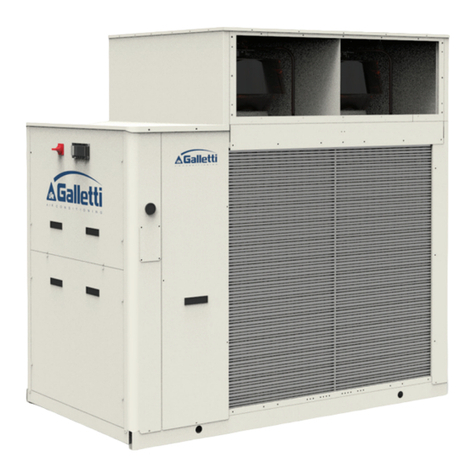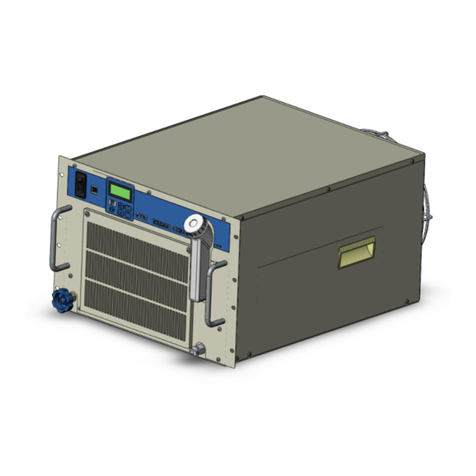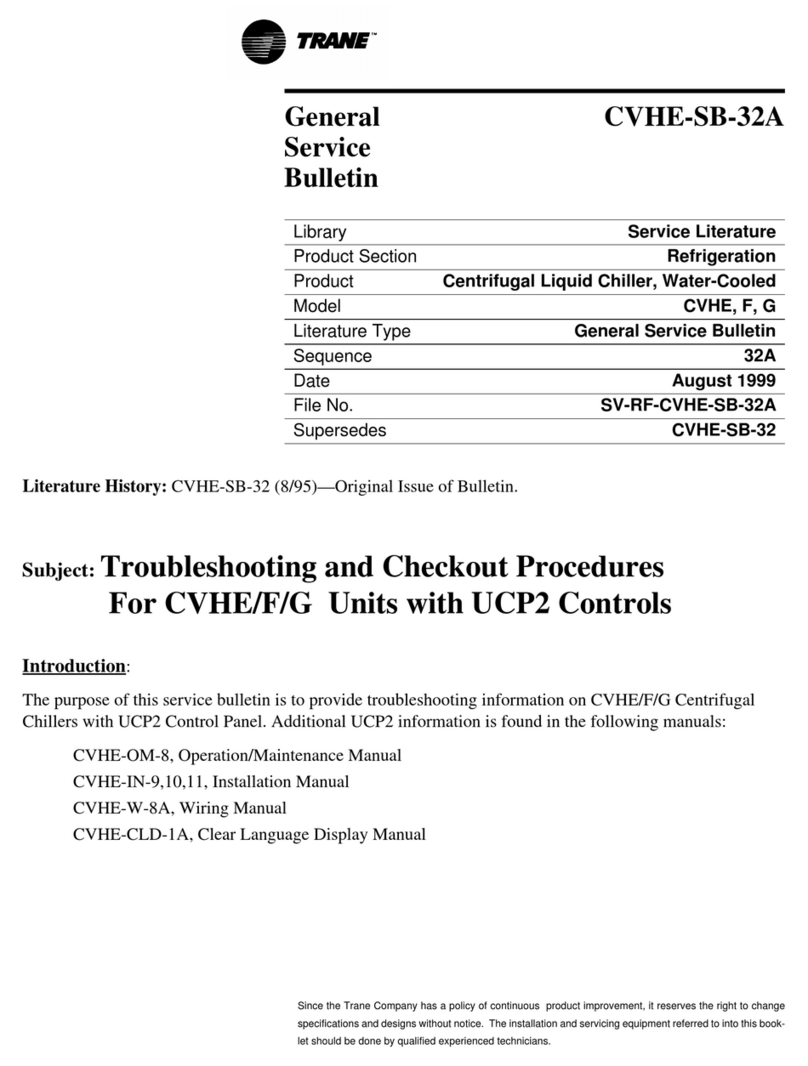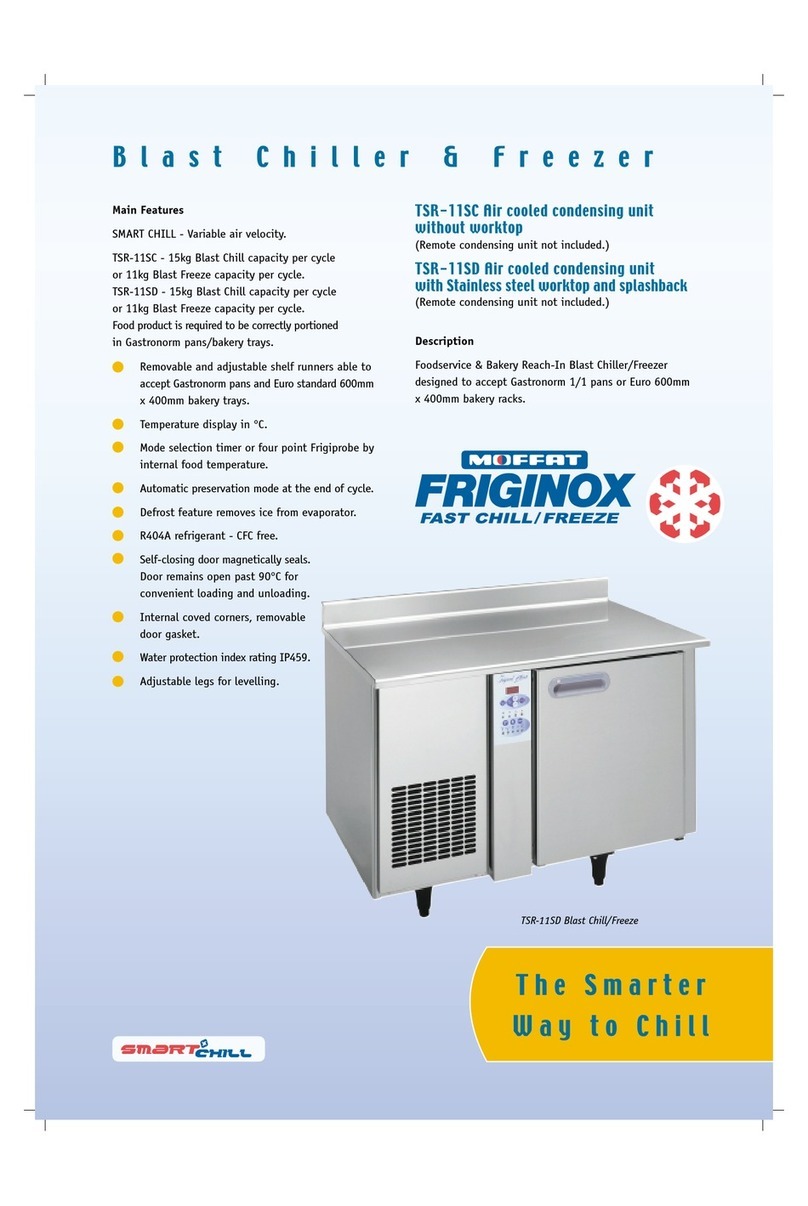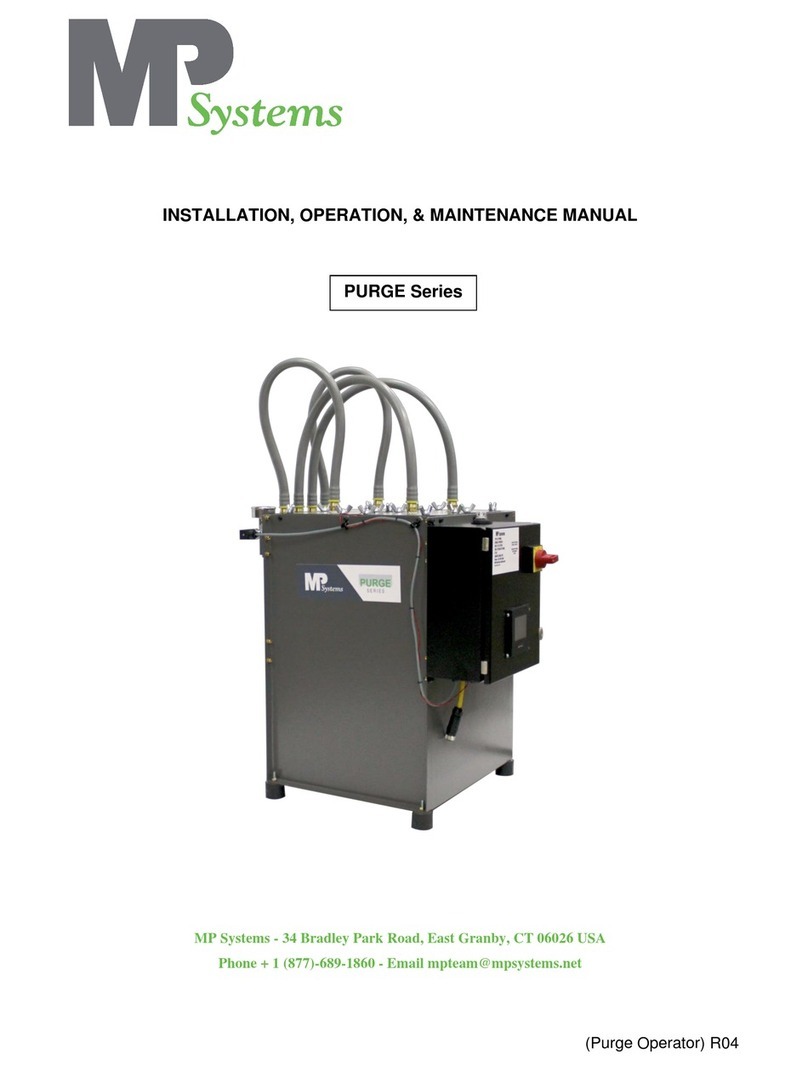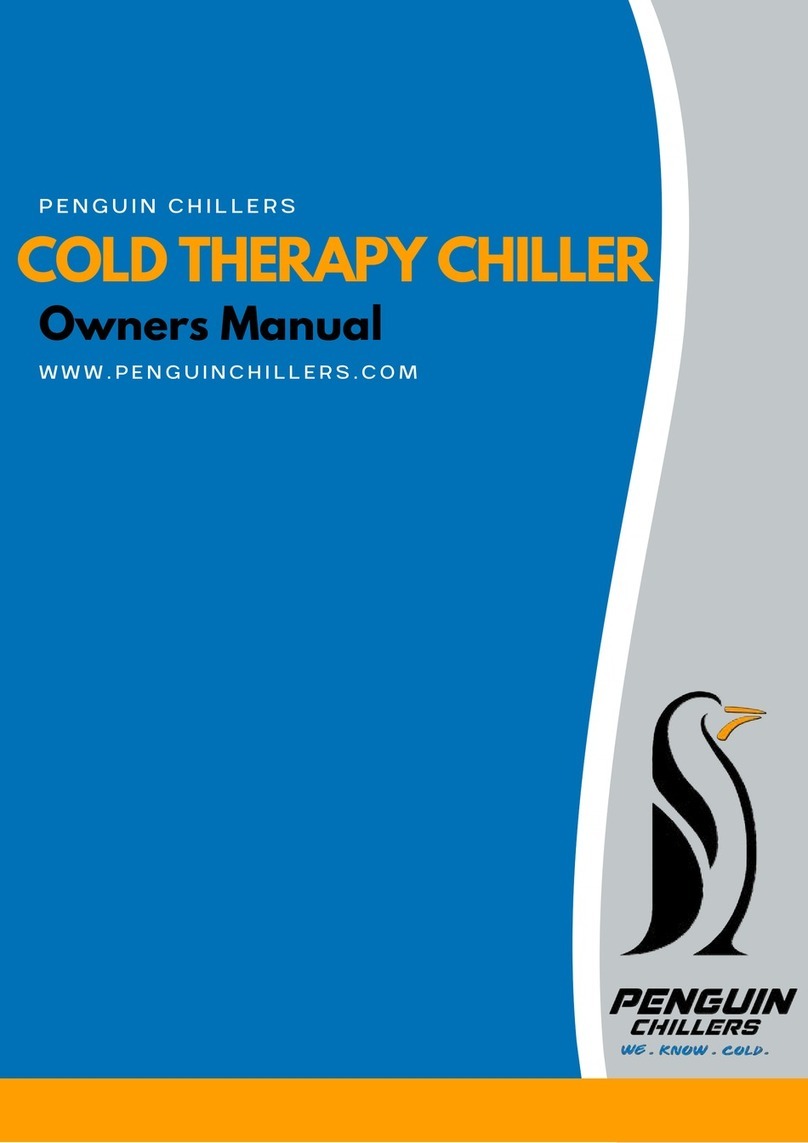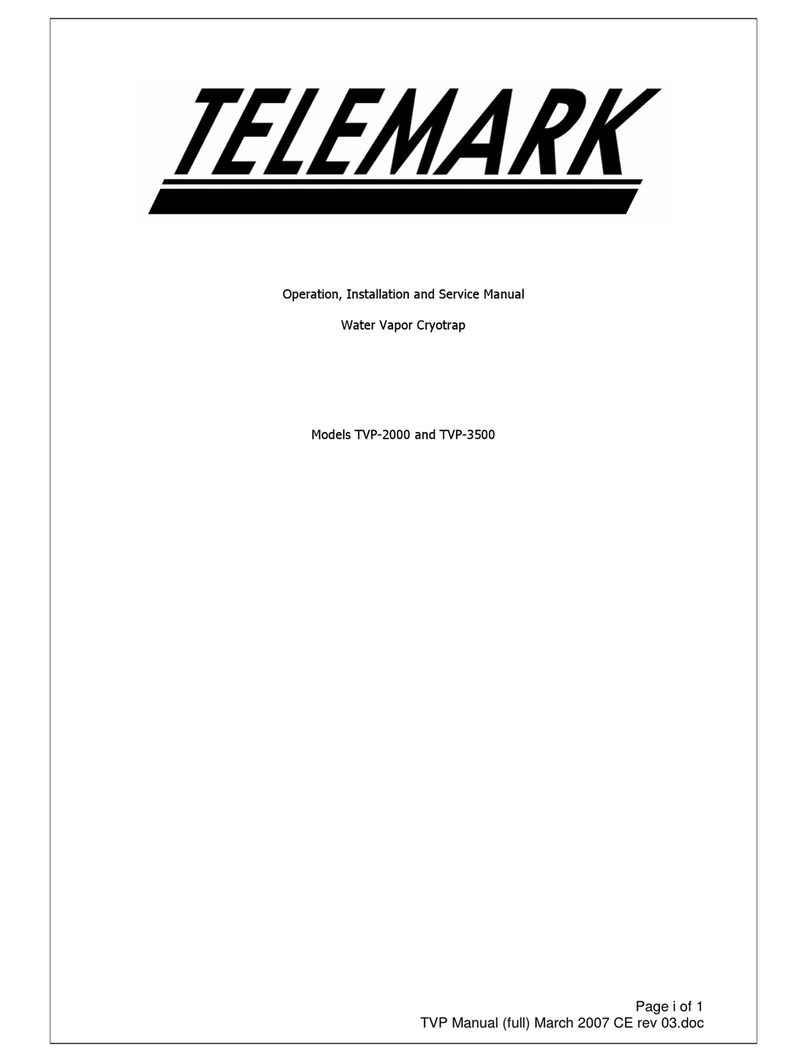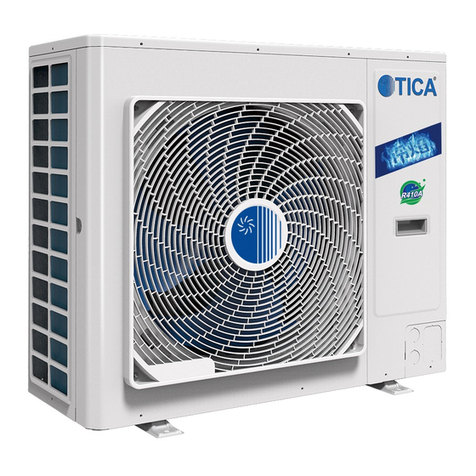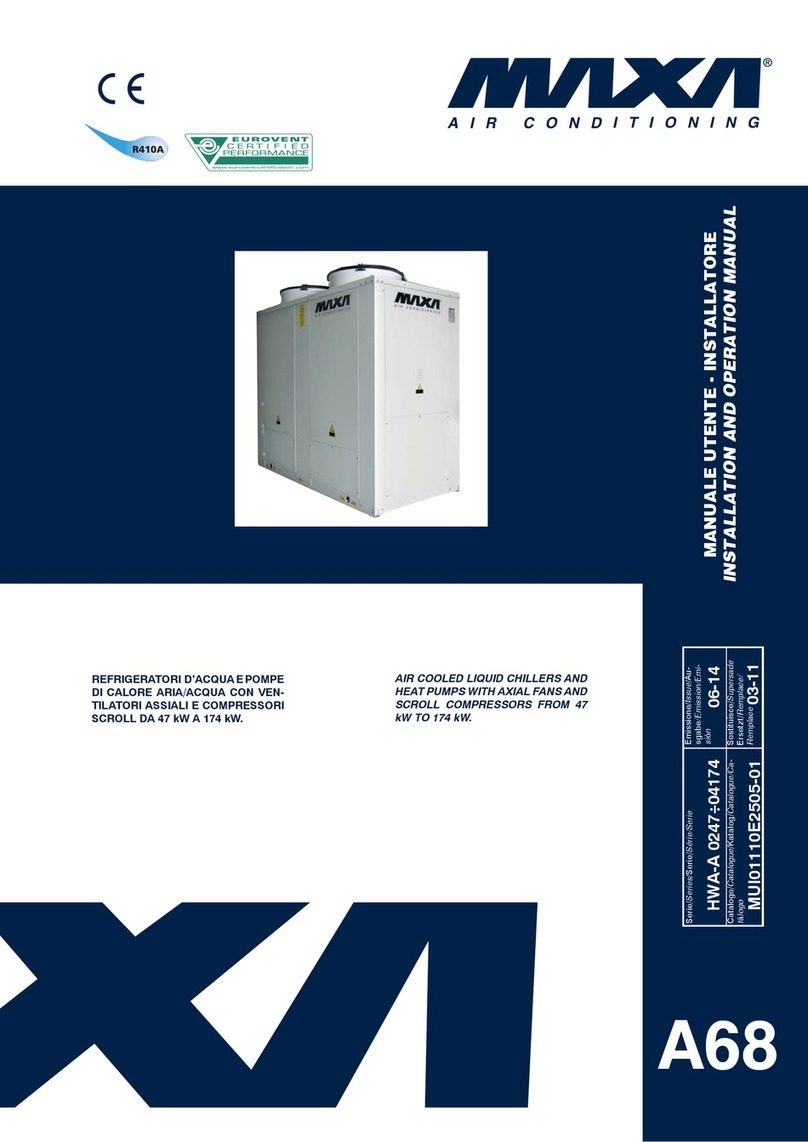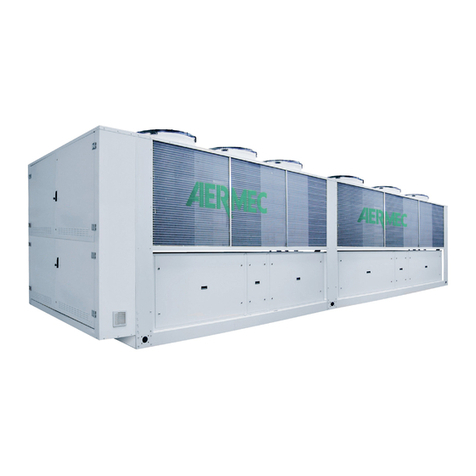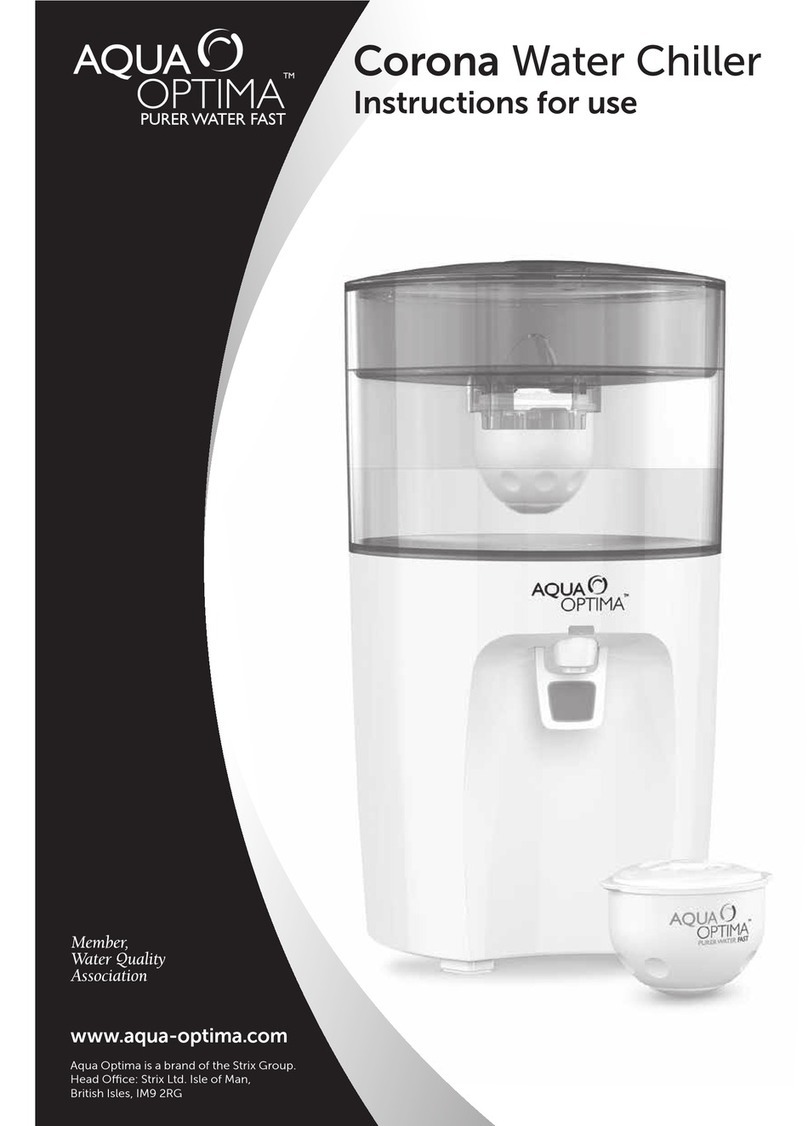
Translation of the Original ENGLISH
454522.68.07-01-E
3
27.06.2012
TABLE
OF
CONTENTS
1 FOR YOUR SAFETY..........................................................................................................5
1.1 R
EGULATIONS
...................................................................................................................................................5
1.2 S
IGNS AND
S
YMBOLS
........................................................................................................................................6
1.3 S
AFETY
N
OTICES
..............................................................................................................................................7
1.4 H
ANDLING OF
R
EFRIGERANTS
............................................................................................................................8
1.5 S
AFETY
R
EQUIREMENTS
....................................................................................................................................9
1.6 P
URPOSE OF THE
P030
C
HILLER
.....................................................................................................................10
1.7 D
ECLARATION OF
C
ONFORMITY
.......................................................................................................................11
2 DESCRIPTION OF THE P030 CHILLER..........................................................................12
2.1 O
VERVIEW
P030
C
HILLER
...............................................................................................................................12
2.2 R
EFRIGERATION
C
IRCUIT
.................................................................................................................................12
2.3 W
ATER
C
IRCUIT
..............................................................................................................................................14
2.4 C
OOLING
A
IR
S
UPPLY
.....................................................................................................................................14
2.5 S
AFETY
D
EVICES
............................................................................................................................................15
2.6 M
ONITORING
D
EVICES
.....................................................................................................................................15
2.7 E
LECTRICAL
/C
ONTROL
E
QUIPMENT
.................................................................................................................16
3 TECHNICAL DATA........................................................................................................... 17
3.1 H
YDRAULIC
D
ATA
............................................................................................................................................17
3.2 E
LECTRICAL
D
ATA
...........................................................................................................................................17
3.3 G
ENERAL
D
ATA
...............................................................................................................................................17
3.4 N
AME
P
LATE
...................................................................................................................................................18
4 TRANSPORT AND STORAGE......................................................................................... 19
4.1 T
RANSPORT
S
PECIFICATION
............................................................................................................................19
4.2 T
RANSPORT
U
SING A
F
ORKLIFT
.......................................................................................................................20
4.3 T
RANSPORT
U
SING A
L
IFT
T
RUCK
....................................................................................................................21
4.4 T
RANSPORT
U
SING A
C
RANE
...........................................................................................................................22
4.5 S
TORAGE OF THE
P030
C
HILLER
.....................................................................................................................23
5 INSTALLATION................................................................................................................24
6 MOUNTING.......................................................................................................................25
6.1 C
ONNECTION OF
W
ATER
P
IPING
......................................................................................................................25
6.2 E
LECTRO
-T
ECHNICAL
C
ONNECTION
.................................................................................................................26
6.3 O
PTICAL
F
IBRE
C
ONNECTION
..........................................................................................................................26
7 COMMISSIONING ............................................................................................................28
7.1 W
ATER
C
IRCUIT
..............................................................................................................................................28
7.2 I
NITIAL
S
TART
-U
P OF THE
P
UMP
......................................................................................................................30
7.3 R
EFRIGERATION
C
IRCUIT
.................................................................................................................................30
8 DECOMMISSIONING .......................................................................................................31
9 SHUTDOWN IN EMERGENCIES.....................................................................................32
10 ENVIRONMENTAL REQUIREMENTS.............................................................................33
11 OPERATION OF CONTROL AND OPERATING UNIT....................................................34
11.1 C
ONTROL AND
O
PERATING
U
NIT
ST
181..........................................................................................................34
12 MAINTENANCE................................................................................................................36
